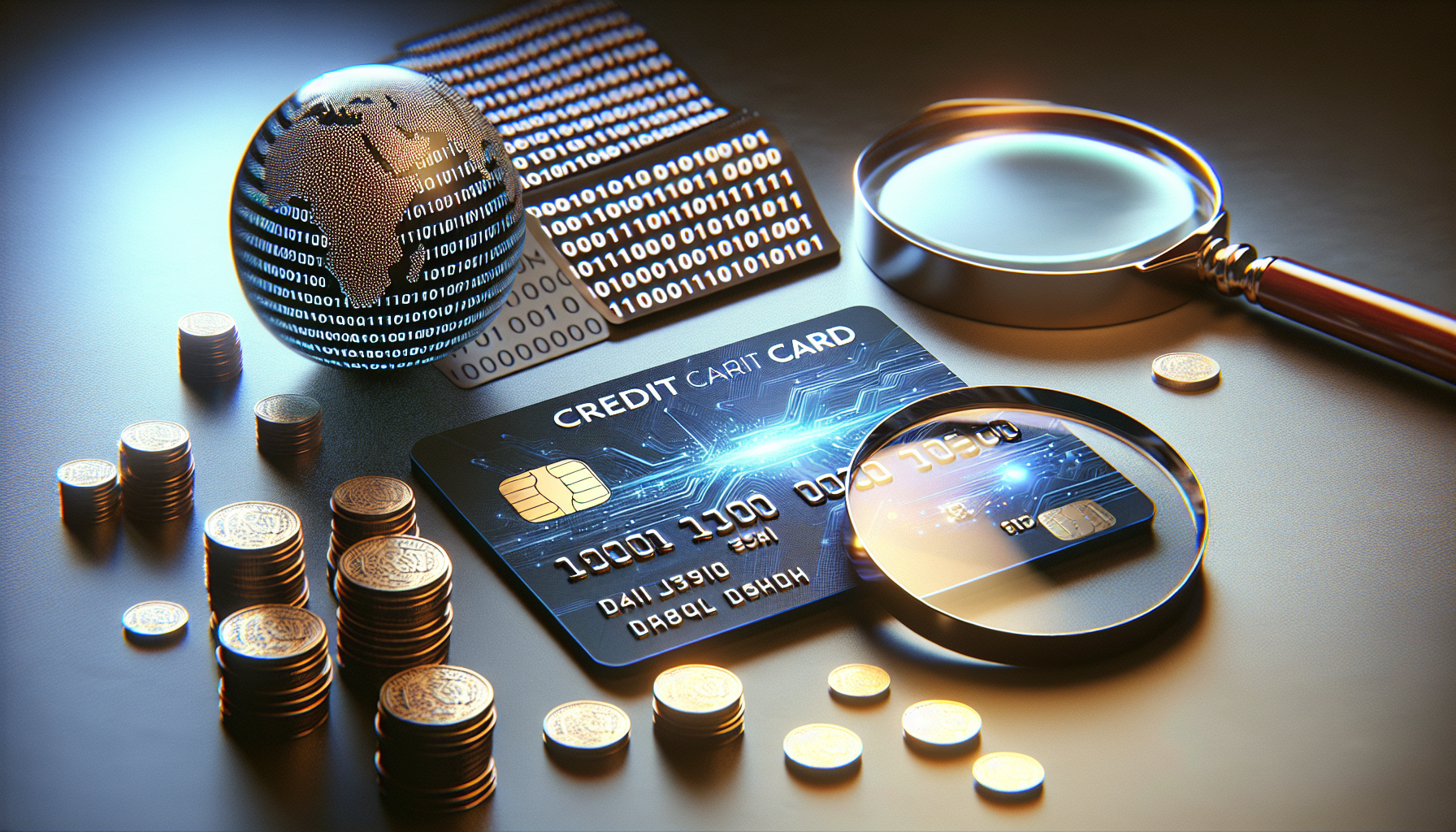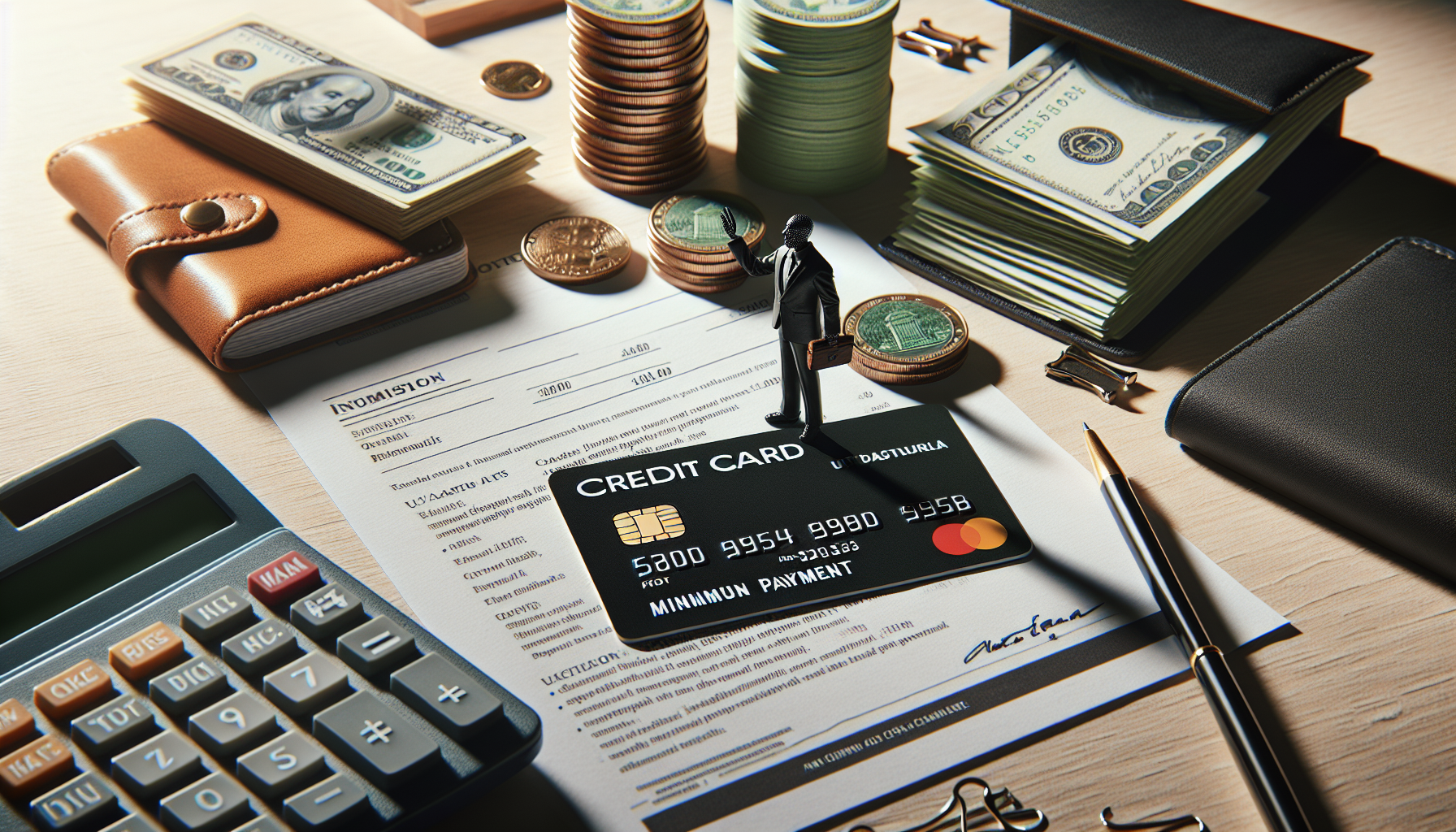Credit cards have become an essential part of our financial lives, offering convenience and flexibility in making purchases. However, it’s crucial to understand the costs associated with using a credit card, particularly the purchase rate. In this article, we’ll delve into what a purchase rate is, how it works, and the factors that influence it.
What is Purchase Rate on a Credit Card?
Definition of Purchase Rate
The purchase rate, also known as the purchase APR (Annual Percentage Rate), is the interest rate charged on purchases made with a credit card when the balance is not paid in full by the due date. It represents the cost of borrowing money from the card issuer to make purchases.
The purchase rate is expressed as a percentage and is applied to the outstanding balance on the credit card. It’s important to note that the purchase rate is different from other types of APRs, such as the cash advance APR or the penalty APR.
How Purchase Rate Works
When you make a purchase using your credit card, you are essentially borrowing money from the card issuer. If you pay off the entire balance by the due date, you typically won’t be charged any interest. This is known as the grace period, which usually lasts between 21 to 25 days from the end of the billing cycle.
However, if you carry a balance from one billing cycle to the next, interest charges will be applied based on your card’s purchase rate. The interest is calculated on a daily basis, and the longer you carry a balance, the more interest you’ll accrue.
Types of Purchase Rates
Fixed Purchase Rate
A fixed purchase rate means that the interest rate remains the same over time. This provides predictability in terms of the cost of borrowing, as you’ll know exactly how much interest you’ll be charged on your purchases.
Fixed purchase rates are less common than variable rates and are usually offered by credit unions or smaller banks.
Variable Purchase Rate
A variable purchase rate can fluctuate based on an underlying index, such as the prime rate. When the index changes, the purchase rate on your credit card will also change accordingly.
Most credit cards today have variable purchase rates. It’s essential to keep an eye on the prime rate and be aware that your interest charges may increase if the rate goes up.
Factors Affecting Purchase Rate
Creditworthiness and Purchase Rate
Your credit score plays a significant role in determining your purchase rate. Generally, the higher your credit score, the lower your purchase rate will be. Card issuers use your credit history and other factors to assess your creditworthiness and assign an appropriate interest rate.
Maintaining a good credit score by making timely payments and keeping your credit utilization low can help you secure a more favorable purchase rate.
Card Issuer’s Pricing
Each card issuer has its own pricing structure and risk assessment models. Some issuers may offer lower purchase rates to attract customers, while others may charge higher rates to compensate for the risk they perceive in lending money.
When shopping for a credit card, it’s important to compare purchase rates from different issuers to find the most competitive offer.
Avoiding Purchase Rate Interest
Paying Balance in Full
The simplest way to avoid paying interest on your credit card purchases is to pay your balance in full each month. By doing so, you take advantage of the grace period and effectively use your credit card as a short-term, interest-free loan.
Make sure to pay your balance by the due date to maintain your grace period and avoid interest charges.
0% Intro Purchase APR
Some credit cards offer promotional purchase rate offers, such as a 0% intro APR for a specified period. During this time, you can make purchases without incurring any interest charges.
These offers can be particularly useful if you have a large purchase to make and need some extra time to pay it off. Just be sure to pay off the balance before the interest-free period ends, as the regular purchase rate will apply afterward.
Purchase Rate vs Other APRs
Cash Advance Rate
The cash advance APR applies when you withdraw cash from your credit card. This rate is usually higher than the purchase rate and often lacks a grace period, meaning interest starts accruing immediately.
It’s generally best to avoid cash withdrawals with your credit card, as they can be costly due to the high interest rates and additional fees.
Penalty APR
The penalty APR is a high interest rate that may be triggered if you make late payments or violate other terms of your credit card agreement. This rate can be significantly higher than your regular purchase rate.
To avoid the penalty APR, always make your payments on time and adhere to the terms and conditions of your credit card.
Understanding Your Credit Card Statement
Finding Purchase Rate Information
Your credit card statement will provide information about your current purchase rate. Look for the APR disclosure section, which will list the various interest rates associated with your card, including the purchase APR.
If you have any promotional rates, such as a 0% intro APR, these will also be listed on your statement.
Calculating Purchase Rate Charges
To calculate your purchase rate charges, card issuers typically use the average daily balance method. This involves adding up your daily balances for the billing cycle and dividing by the number of days to determine the average balance. The interest charge is then calculated by multiplying the average daily balance by the daily periodic rate (purchase rate divided by 365).
Understanding how your purchase rate charges are calculated can help you make informed decisions about your credit card use and payment strategies.
See also:
- What is APR on Credit Card: Understanding Annual Percentage Rate
- How to Withdraw Cash From Credit Card Without Fees – Top Methods
- What is Minimum Payment on Credit Card: Everything You Need to Know
- What is the Minimum Payment on a Credit Card: Everything You Need to Know
- What Is a Money Transfer Credit Card: A Complete Guide




